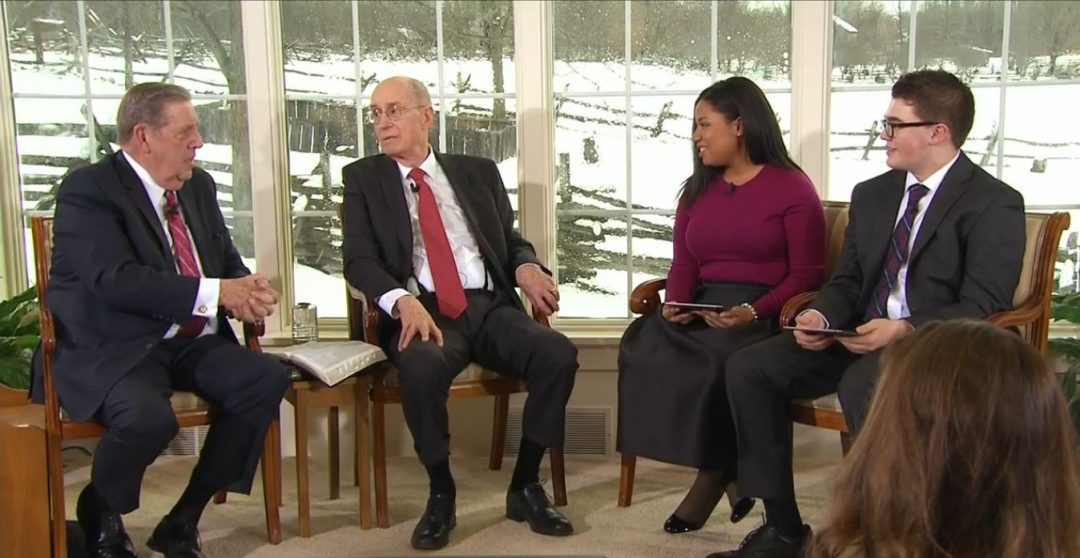

To be “led by the nose” is to be dominated by someone else. Likewise someone can “cut off his nose to spite his face” by doing that which is injurious to his own welfare. Some people may “have their nose out of joint” that is, be unduly displeased about something. They may “look down their noses” in disdain while doing so. Rude or tactless people can “rub someone’s nose in it” by reminding him of his mistakes. Something “under my nose” is in plain sight. A close victory can be expressed as “winning by a nose.” Those who pay an unreasonable price for something have “paid through the nose.” If we “count noses” we tally the number of people in attendance or who can be counted upon to support our position. A “nosey” person, however, pries into others’ affairs and is said to have “poked his nose” into them. He may “ follow his nose” in gathering the details.

/arc-anglerfish-arc2-prod-sltrib.s3.amazonaws.com/public/K3FCT5KUHZBMZPW4U474PHOXA4.jpg)
A reporter who “has a nose for news” is able to track down the desired information. One of the most distinctive features of the face is the nose. A king, queen, or jack in a deck of cards is called a “face card.” A stock that seems advantageous to buy may to all appearances be a good prospect “on the face of it.” Even the sun is said to have a face and Keats spoke of “the nights’ starr’d face, huge cloudy symbols of a high romance.” 73

Climbers at times scale the “sheer face” of an outcrop of rock. The “face value” of a document or a coin is determined by what is written on it. An anonymous person at such an event, however, may be said to be “faceless.” The face can also be used for the surface of a thing such as a clock. By doing so we may either “lose face” or “save face,” that is, we may lose or maintain our respect. If we “show our face” at an event, we attend it or perhaps allow ourselves to be seen there. To “fly in the face” of prevailing opinion suggests a course of action contrary to an accepted policy, belief, or standard, while “setting one’s face against” someone indicates open defiance or determination to oppose that person. If we “face up” to a problem, we confront it in an effort to solve it. To “make a face” at another can indicate contempt. A “false face,” however, indicates an attempt to hide one’s feelings or opinions. If someone “puts on a bold face,” he attempts to appear confident. A “long face” betrays a sense of gloom, while a “shining face” displays a sense of happiness or contentment. The face can reveal many things concerning someone’s inner feelings. If we report that we said something “to his face,” we indicate that we spoke openly in that person’s presence. We could also mean to have a “face to face” confrontation with that one. If we say that we wish to see someone “face to face,” we may mean that we desire to have a meeting with that person. 13:12) is reflected in the words of the well-known hymn: “Face to face with Christ my Savior, face to face what will it be?” 72 This question is especially meaningful because the face plays an important role in our everyday experiences. The apostle Paul’s reminder to the Corinthian Christians (1 Cor.


 0 kommentar(er)
0 kommentar(er)
